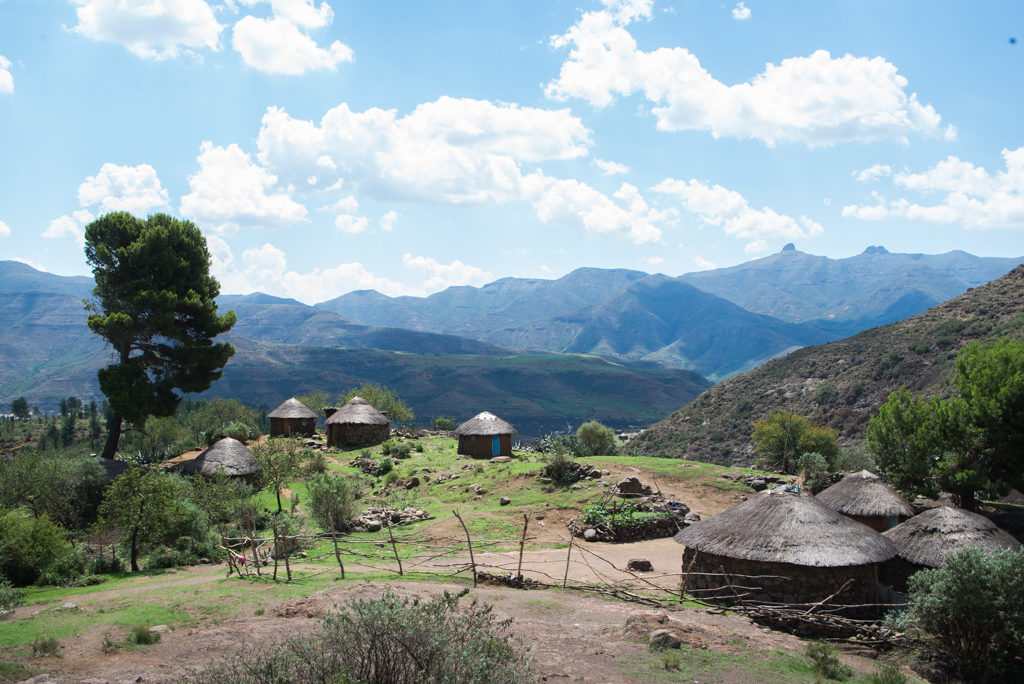
High up in the Drakensberg riff sits the mountain kingdom of Lesotho. It is home to Africa’s highest mountain, the Ntlenyana at 3482m, and some of the continent’s highest waterfalls. The small republic is completely surrounded by the state of South Africa, for which it has always held a special attraction. Lesotho has something in abundance its single next door neighbor desperately wants: water.
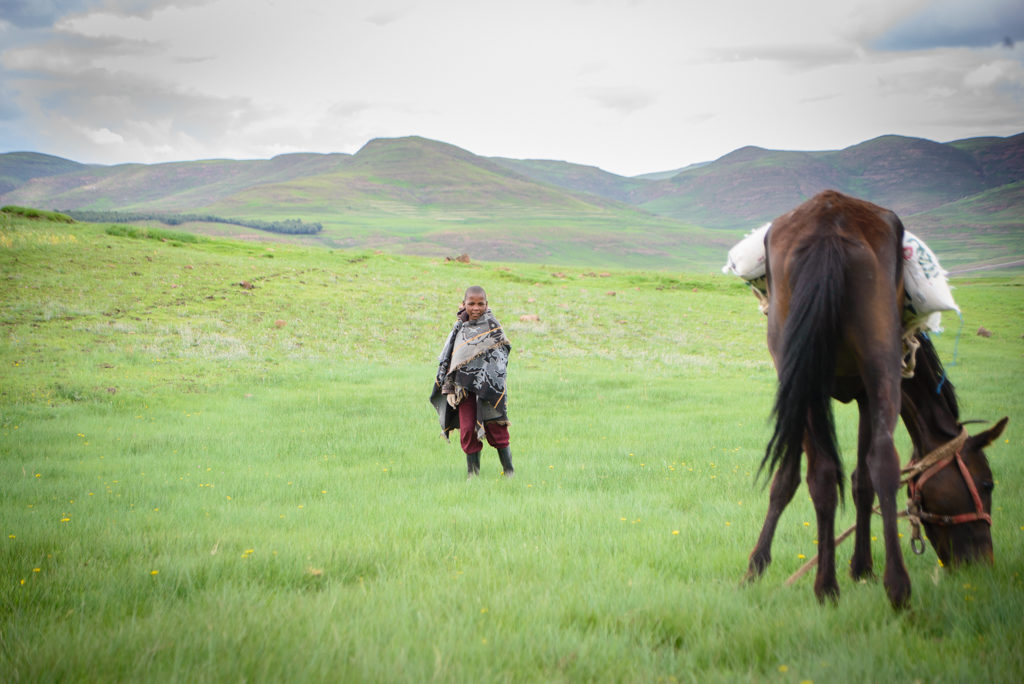
Upon visiting the mountainous land one is touched by its picturesque scenery and the traditional life style of the Basotho people (Lesotho means: land of those who speak Sotho). Climbing the steep slopes in rubber-boots or high up a horse – they are expert riders – clad in their traditional and super warm blankets, they appear taciturn, withdrawn like so many mountain peoples. But most striking to the visitor is the fact that tap water is unsafe in this country. It’s sad but true: 25% of the population have no access to clean drinking water.
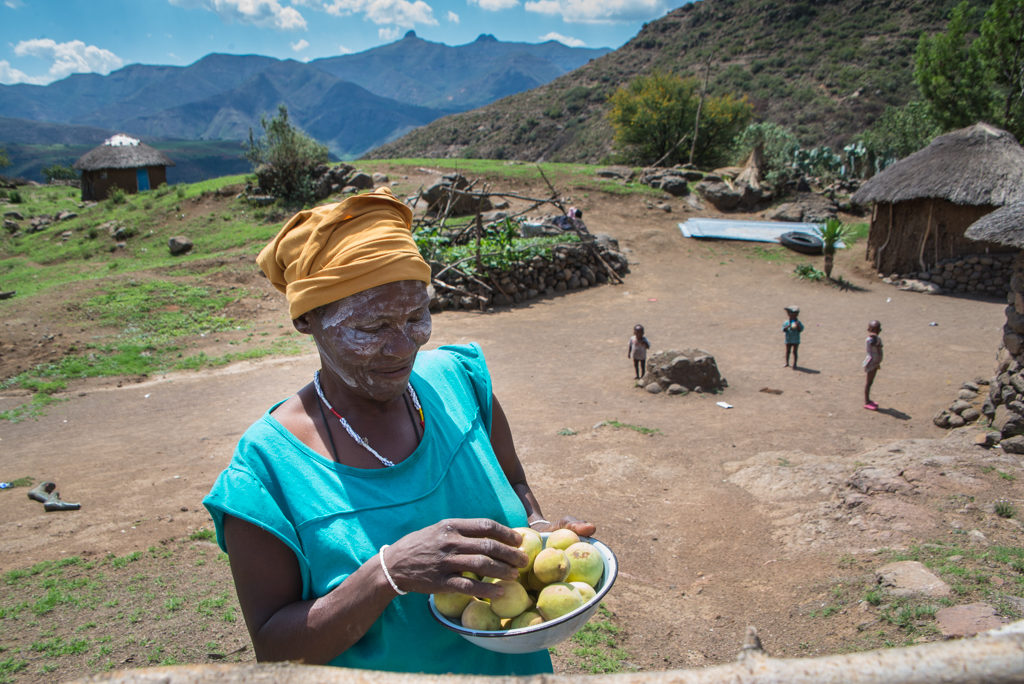
Lesotho has known a troubled past. While independence from the British came peacefully in 1966, the small and bitterly poor republic has since been depending on South Africa – for obvious geographic reasons. The big neighbor has always dominated the region economically, but also has never shied away from armed interventions when it came to securing to economic advantages, like: access to the fresh water of Lesotho.
In 1986, South Africa and Lesotho under its South Africa-backed leader Major General Lekhaya (who came to power by a means of a coup d’etat, which many believe was sponsored by South Africa) signed the Lesotho Highlands Water Treaty. Lesotho – would supply Johannesburg and Pretoria, and the whole of Gauteng, South Africa’s arid heartland, with fresh drinking water. For water, it was was believed, Lesotho would always have plenty.
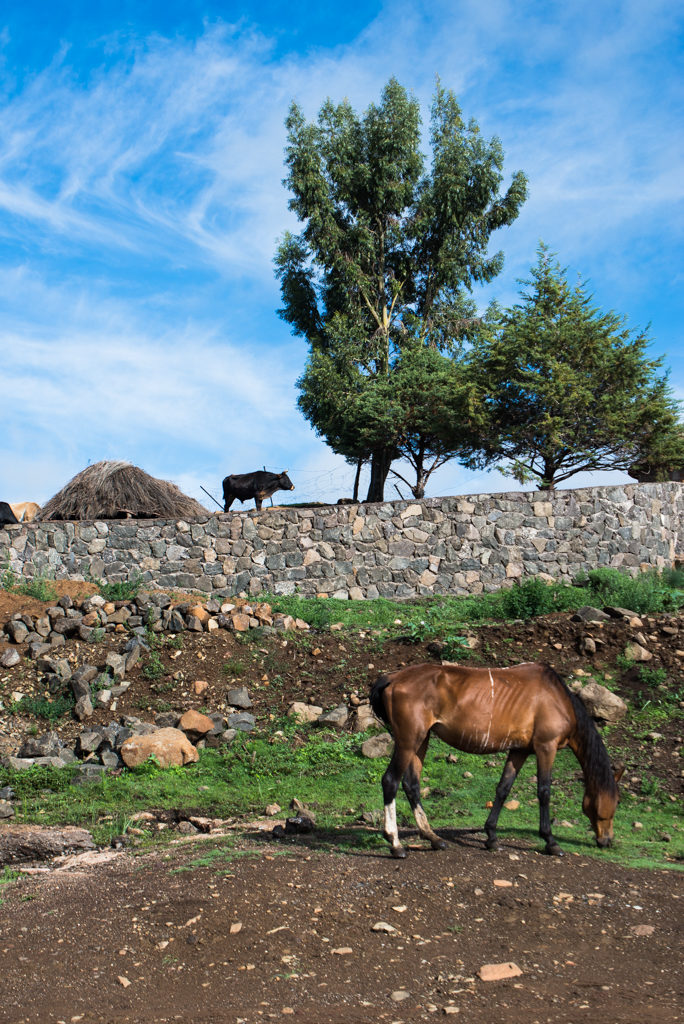
Financed by South Africa, the now functioning Lesotho Highlands Water Project (LHWP) consists of a series of dams – most importantly the Katse dam in central Lesotho – that trap water in deep mountain valleys, as well as canals and tunnels that transport water North to South Africa. This way, Lesotho makes US$45 million each year: a significant amount in one of the world’s poorest countries. So much, that the LHWP has in fact become a symbol economic integration, of national identity and pride.
But the project came at a high cost. Dams flooded the land, turning fields into water wastelands, drowning trees, leaving the local farmers struggling. Instead, profits went towards a small numbered elite in Lesotho’s modern capital, Maseru. South Africa has always protected their “Water Castle”, as they came to call Lesotho. A notorious incident occurred in 1998, when after political unrest in Maseru, a South African military intervention left 13 Lesotho soldiers dead at the Katse dam.
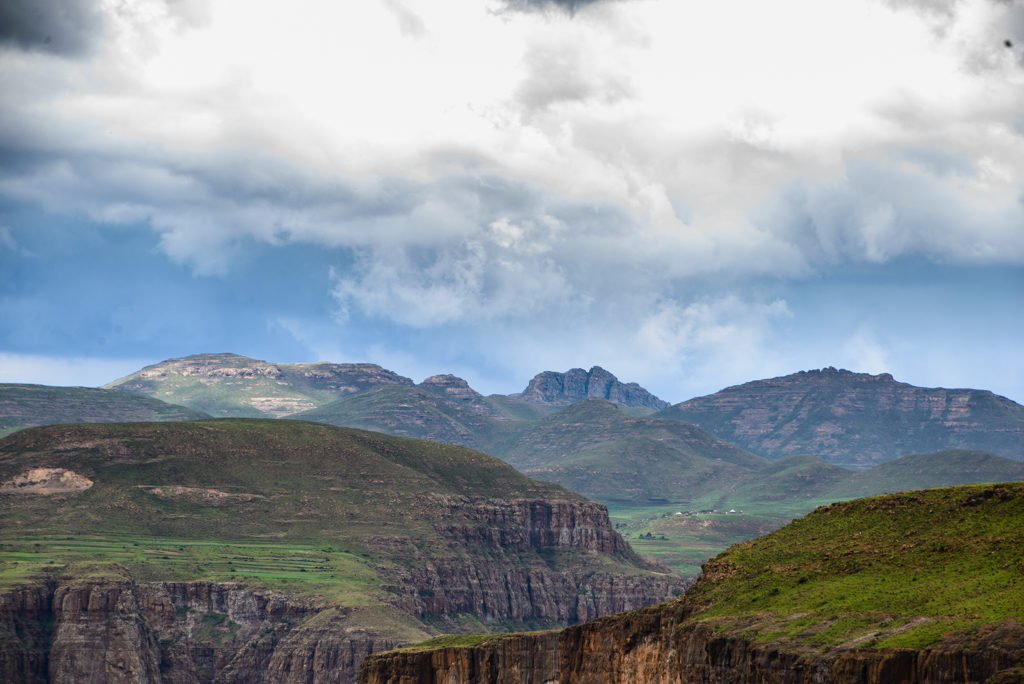
Things got worse for the Lesotho farmers when the effects of climate change hit the country. Increasingly unstable weather conditions and frequent droughts, most importantly the severe drought 2014 to 2016, took a terrible toll on the Basotho. The country went dry.
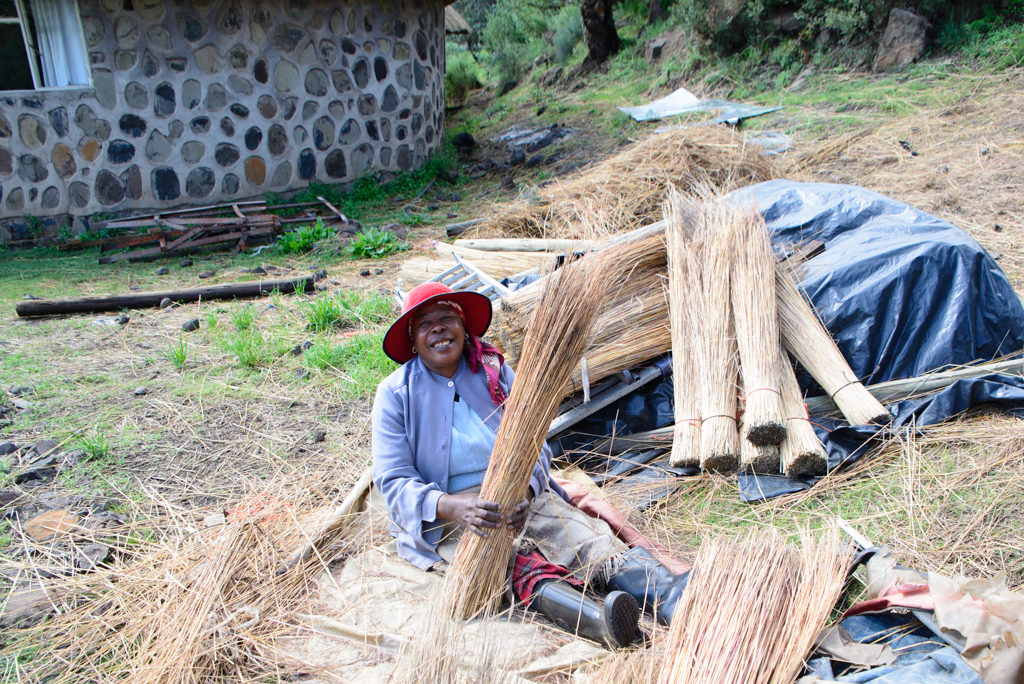
There are no irrigation systems in Lesotho. Crops failed. Cattle had no grass to graze. With the drought came poverty – almost a million of Basotho were left in need of emergency food programs – and the fierce fight for survival. The number of school drop-outs soared, as did HIV rates, especially among adolescent girls, who increasingly relied on prostitution to support themselves. With lack of sufficient sanitation services the risk for diarrhea increased, threatening most of all young children. Still, the Basotho had to watch their waters flow towards South Africa.
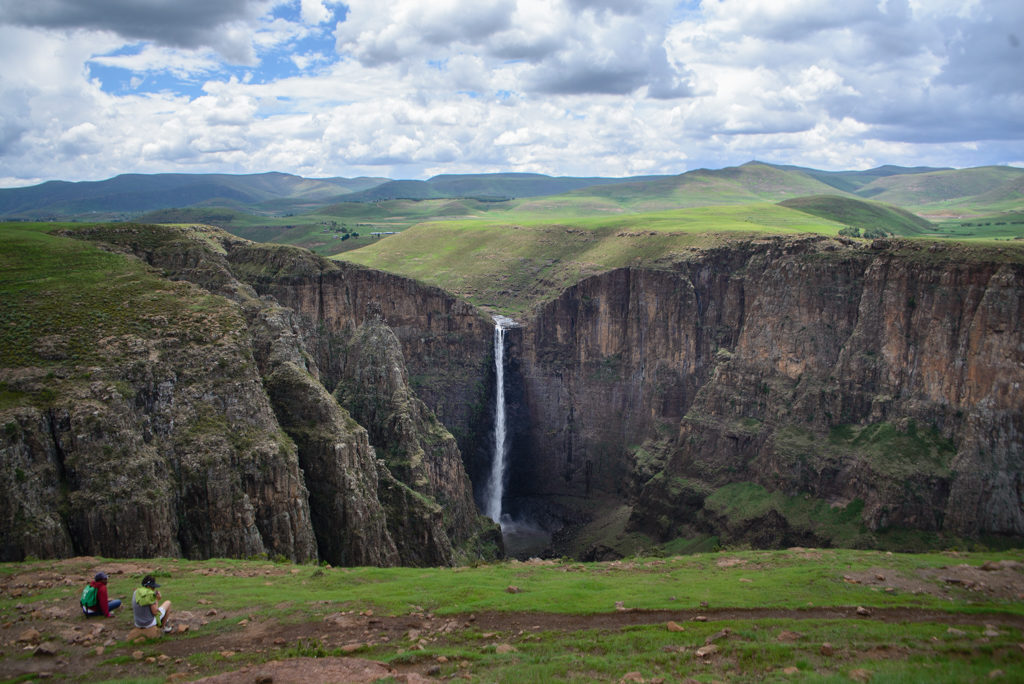
Lesotho is not only a victim of climate change. Lesotho is an example of what happens when a country turns water into a commodity.
One doesn’t know the worth of water, until the well runs dry.
